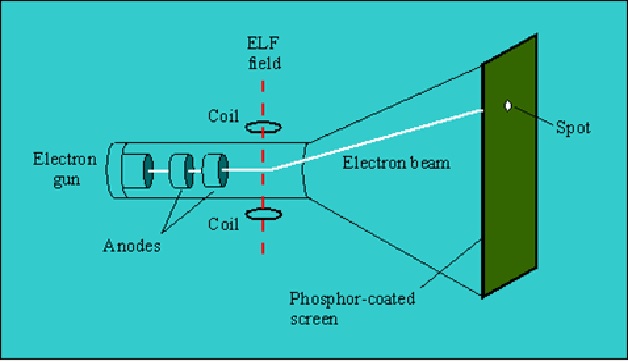Image Encryption using AES Algorithm
To increase needed for exchanging digital photos electronically, due to alarming demand for multimedia applications, and because of the increasing use of images in electronic processes. Hence, the need for protection by unauthorized user is necessary. Method: This paper primarily is focusing on the necessary protection of these images using a specific analyzes algorithm: Advanced Encryption Standard (AES) with a full its description, which is known as an algorithm (Rijndael). Findings: It will be determined the address decryption, which is made up of different styles in all encryption and decryption steps in order to protect the valuable information. This algorithm will be implemented on MATLAB software programming. Application: The above results and analysis for this crypto system based on AES algorithm give a high performance. So we have reason to believe that use this method to encrypt the image will have a very good prospect in the future.[1]

Figure 1. The Image Encryption using AES Algorithm
Figure 1 shows Today almost all digital services like internet communication, medical and military imaging systems, multimedia system requires reliable security in storage and transmission of digital images. Due to faster growth in multimedia technology, internet and cell phones, there is a need for security in digital images. Therefore there is a need for image encryption techniques in order to hide images from such attacks. In this system we use AES (Advanced Encryption Technique) in order to hide image. Such Encryption technique helps to avoid intrusion attacks.[2]
Advantages
- The image can only be viewed by the receiver as the image is encrypted using AES and the key is only known to the sender and receiver.
- Since the image is encrypted using AES, it is more secure than the DES and triple DES.
- Since the key size is 192 bits, it makes the encryption and decryption more secure.
Disadvantages
- The file size to be transmitted becomes large since it contains encrypted data.
- Since the file size is huge it can be suspected to contain some critical information.[2]
The AES Encryption Algorithm Used In Secure File Transfers:
As mentioned earlier, AES is implemented in secure file transfer protocols like FTPS, HTTPS, SFTP, AS2, WebDAVS, and OFTP. But what exactly is its role?
Because symmetric and asymmetric encryption algorithms each have their own strengths, modern secure file transfer protocols normally use a combination of the two. Asymmetric key ciphers, like public key encryption algorithms, are great for key distribution and are used to encrypt the session key used for symmetric encryption.
Symmetric key ciphers like AES are more suitable for encrypting the actual data (and commands) because they require less resources and are also much faster than asymmetric ciphers. The article Symmetric vs Asymmetric Encryption has a more thorough discussion regarding these two groups of ciphers. Here's a simplified diagram illustrating the encryption process during a typical secure file transfer secured by SSL/TLS (HTTPS, FTPS, WebDAVS) or SSH (SFTP). [3]
References:
- https://www.researchgate.net/publication/320631771_Digital_Image_Encryption_Implementations_Based_on_AES_Algorithm
- https://nevonprojects.com/image-encryption-using-aes-algorithm/
- https://www.jscape.com/blog/aes-encryption
Cite this article:
Thanusri swetha J (2021) Image Encryption using AES Algorithm, AnaTechMaz, pp. 39















